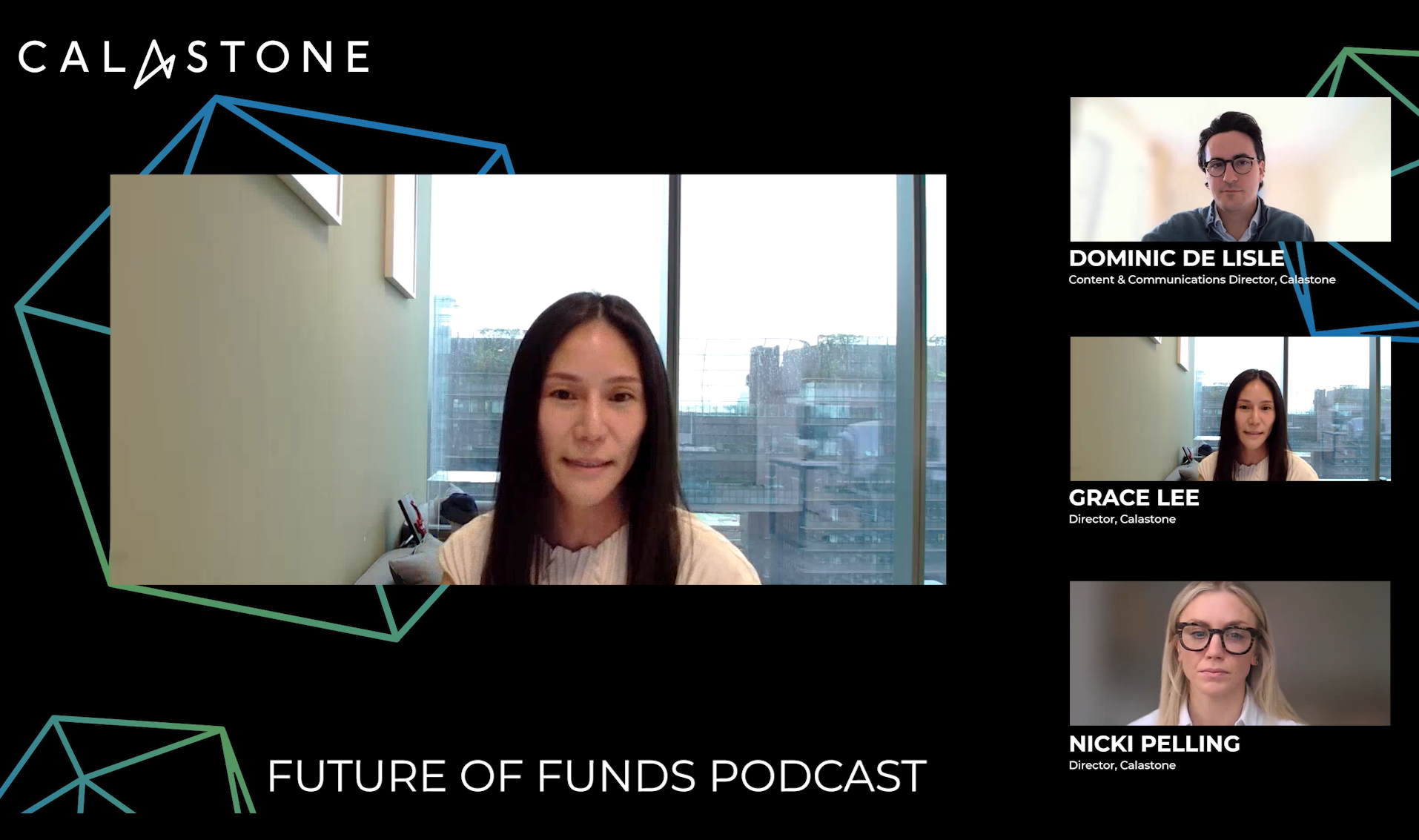UK investors sold down their equity fund holdings in July, according to the latest Fund Flow Index from Calastone, the largest global funds network. The net outflow of £416m took the year-to-date total to £2.35bn, and contrasts with £11.08bn of inflows in the same period of 2021. Only 2016, beset by the Brexit referendum and a toxic US election campaign, has seen a worse January to July period for equity funds since Calastone’s Fund Flow Index data began eight years ago.
UK and European equity funds have seen the worst outflows
UK-focused equity funds were punished hardest, with outflows of £459m, the fourteenth consecutive month of net selling. Year-to-date, UK investors have withdrawn £4.79bn from domestically-focused funds. European funds also had a very bad month, as investors redeemed a net £267m taking the year-to-date total to an outflow of £1.19bn. Relative to funds under management, the outflow from UK funds so far this year is around a fifth higher than European funds. Meanwhile, North American funds shed £341m in July and have seen a very small inflow year-to-date.


Emerging markets have been uncharacteristically resilient
Emerging markets have remained a corner of relative resilience. July’s £36m of net inflows took the year-to-date total to £520m. This is unusual in a bear market combined with rising US interest rates which are normally very negative for emerging markets, but it reflects the benefit many emerging economies have felt from high oil and commodity prices. Global equity funds also saw inflows in July.
Rising bond prices attract inflows to fixed income funds and property funds enjoy further new cash
Fixed income funds saw inflows of £307m in July as bond markets staged a recovery that reflected the growing likelihood of a global recession. 10-year benchmark bond yields around the world peaked in late June and have steadily declined ever since (falling bond yields bring higher bond prices). Meanwhile property funds saw inflows of £35m in July, the second consecutive month of net buying after years of constant outflows.
Risk-off is the big trend of 2022
Risk varies enormously between not only asset classes but also between different fund strategies. Funds rated 6 or 7 on Lipper’s 1-7 risk scale have seen outflows of $5.95bn year-to-date, and £1.03bn in July alone. Funds rated 1 and 2 have seen inflows of £197m year-to-date and £40m in July.
Absolute Return funds benefit from bear market – enjoy revival
Calastone notes a distinct revival of interest in Absolute Return funds which aim to generate positive returns regardless of whether markets rise or fall. These funds were firmly out of favour with investors between 2018 and 2021, as stock markets floated higher on a sea of liquidity. They suffered outflows for 36 months in a row during that period, but late 2021 saw outflows diminish sharply, and these funds have now enjoyed inflows for three months in a row. Between May and July, investors added a net £227m to their holdings. This is relatively modest – during the period of flat global markets in 2015 and 2016, average monthly inflows were £434m – but given the lack of marketing priority the industry has given to this sector in recent years, and given the wider global market context this is nevertheless a very notable change. The new-found net inflows have been driven by a marked increase in the volume and size of buy orders rather than a passive reduction in sell orders, indicating that this is an active decision to commit new capital to the sector.
Edward Glyn, head of global markets at Calastone said: “Investors want to see a clear direction for the economy both in the UK and around the world before they turn positive again on equity funds. The bond markets are already beginning to price in a recession as sharply higher central-bank rates join with high energy prices to turn the screws on demand. It’s too soon to call a trend, but the uptick in interest in fixed income funds in July may suggest fund investors are ‘buying’ the recession trade too. Meanwhile the return to favour of absolute return funds is a clear indication that some investors – the figures are small after all – expect markets to stay volatile and are choosing funds that can benefit.
“The perception that the UK faces uniquely difficult challenges is clear in investor behaviour. Even after adjusting for the very large value of assets under management in UK-focused funds, the outflows are still exceptionally large. Investors want to see inflation come down, growth improve, trade disputes settled, and political gridlock broken before they are going to become enthusiastic buyers of UK assets again.”

METHODOLOGY
Calastone analysed over a million buy and sell orders every month from January 2015, tracking monies from IFAs, platforms and institutions as they flow into and out of investment funds. Data is collected until the close of business on the last day of each month. A single order is usually the aggregated value of a number of trades from underlying investors passed for example from a platform via Calastone to the fund manager. In reality, therefore, the index is analysing the impact of many millions of investor decisions each month.
More than two thirds of UK fund flows by value pass across the Calastone network each month. All these trades are included in the FFI. To avoid double-counting, however, the team has excluded deals that represent transactions where funds of funds are buying those funds that comprise the portfolio. Totals are scaled up for Calastone’s market share.
A reading of 50 indicates that new money investors put into funds equals the value of redemptions (or sales) from funds. A reading of 100 would mean all activity was buying; a reading of 0 would mean all activity was selling. In other words, £1m of net inflows will score more highly if there is no selling activity, than it would if £1m was merely a small difference between a large amount of buying and a similarly large amount of selling.
Calastone’s main FFI All Assets considers transactions only by UK-based investors, placing orders for funds domiciled in the UK. The majority of this capital is from retail investors. Calastone also measures the flow of funds from UK-based investors to offshore-domiciled funds. Most of these are domiciled in Ireland and Luxembourg. This is overwhelmingly capital from institutions; the larger size of retail transactions in offshore funds suggests the underlying investors are higher net worth individuals.




















